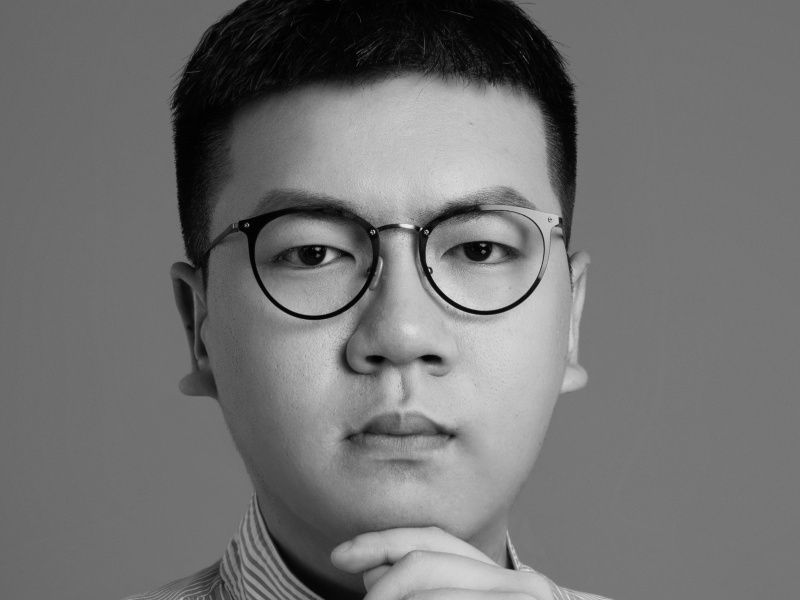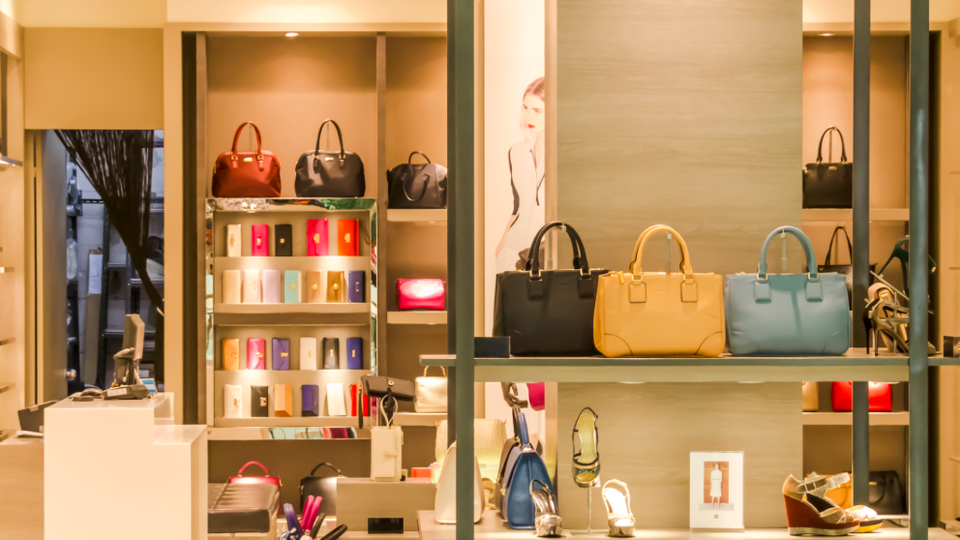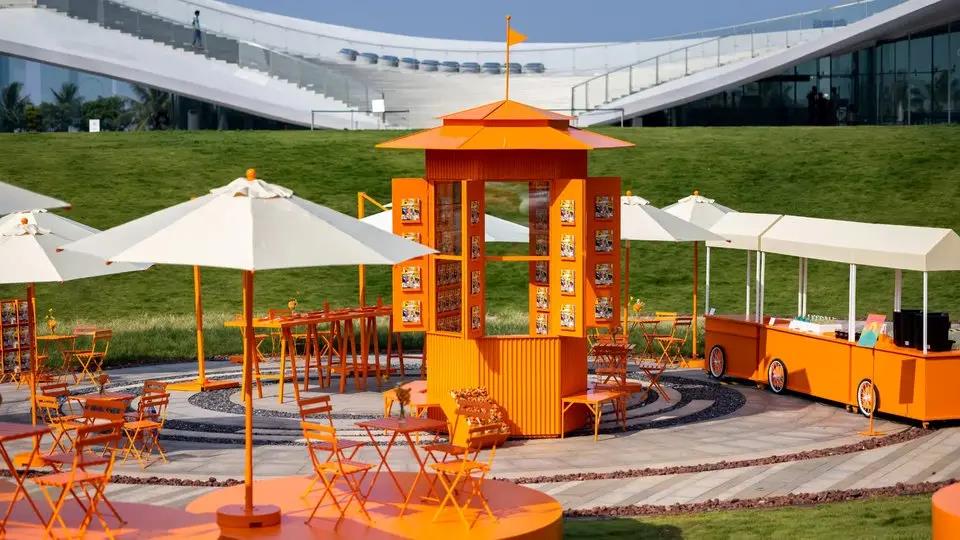The luxury industry is becoming increasingly polarised, with only 65 to 70 percent of brands expected to achieve a positive growth rate this year.

When the word “normalisation” repeatedly appeared in earnings calls of major corporations, it signalled the end of the post-pandemic high-flying era.
The luxury market presents both challenges and opportunities from any angle. While Japan and Southeast Asia are welcoming an influx of international tourists, leading to a surge in luxury spending, the United States is expected to see a single-digit decline this year following the COVID boom. Brands at the top of the pyramid, such as Chanel and Brunello Cucinelli, are growing rapidly, while Kering, which is in transition, just reported a dismal quarter. Although UHNWIs continue to dominate the market, it is clear that the younger generations must not be overlooked.
According to the most recent update from Bain & Company and Altagamma, the personal luxury market is expected to grow by 2 to 6 percent this year, with the market expected to rebound by up to 5 percent in the fourth quarter – which represents the traditional shopping season in the west – following a consecutive drop in the third quarter.
The luxury industry’s momentum is threatened by several global headwinds, involving inflationary pressures in Europe and the United States (which have moderated but are still sound); geopolitical tumults, and the unclarity of China’s macro-economy, which continues to affect local consumers’ confidence. The volatile economic environment has significantly impacted aspirational shoppers, predominantly middle-class consumers.
From a category standpoint, footwear, which once relied on the entry-level consumer, has stagnated, while growth in leather goods – a cash cow for brands, has been sluggish, with price hikes accounting for the majority of growth. Conversely, Very Important Customer (VIC) demand remains strong, resulting in jewellery and apparel topping all categories, owing to top spenders’ appetite for core products as well as bespoke pieces.
The world’s major luxury markets are becoming increasingly polarised: in Japan, for example, the local luxury market is expected to grow by 17 percent year-on-year (27 percent at constant exchange rates) due to a large number of tourists drawn by the weak yen and resilient local shoppers; in addition, the Middle East, Southeast Asia, Hong Kong SAR, and Macau SAR have gained momentum. The United States and South Korea, two regional markets that grew rapidly during the pandemic, are experiencing a slowdown.
The luxury market in mainland China is expected to grow by 9 percent year on year from a low base in 2022. Meanwhile, Chinese consumers are estimated to spend a total of €83.26 billion on luxury goods worldwide, which – while still lower than the 2019 level – has increased significantly since the pandemic’s outbreak. It also implies that the resumption of international travel has boosted consumer confidence.
Despite China’s uncertainties, Bain expects mainland China to become the world’s largest luxury market by 2023, with Chinese consumers accounting for 35-40 percent of the global share. It is worth noting that Bain has been revising this proportion downward in recent years, and it has reached 46-48 percent following the miraculous surge within mainland China at the end of 2020.
The number of outbound Chinese tourists is still far lower than in 2019. This is due to various factors, such as a limited number of flights and time-consuming visa procedures. However, by 2023, Chinese overseas luxury spending is projected to reach €25.34 billion, accounting for roughly one-third of total Chinese expenditure.

Credit: Courtesy
Following the reopening, the distribution of Chinese consumers’ overseas luxury spending began to shift, with Gen Z and Millennial tourists accounting for 40 percent of luxury spending in Europe, while VICs account for 65 percent of spending in Asia. Once upon a time, European fashion capitals such as Milan and Paris were the preferred shopping destinations for well-heeled Chinese shoppers.
The Chinese market shift exemplifies the status quo of the global market. On the one hand, the luxury sphere is returning to its pre-pandemic state, with the return of touristic luxury consumption (concentrated in Japan, Southeast Asia, and Europe), the strengthening value proposition of the mono-brand store, and the resurgence of the transhuman experience. At the same time, the playbook for these fundamentals is changing.
“This is a defining moment for brands, and the winners will separate themselves through resilience, relevance, and renewal – the basics of the new value-centered luxury equation,” said Claudia D’Arpizio, Lead Author of the report and Partner at Bain & Company, in a press release.
What’s Changed?
The landscape of purchasing channels is changing. While no new channels are emerging, pandemic-induced behaviours seem to last, such as adopting online channels, which are expected to account for nearly one-third of the total market. Mono-brand stores, on the other hand, will maintain a significant share. As touchpoint roles become more sophisticated, brands should seek synergies between their online and offline DTC channels to improve the interpersonal experience.
In the coming decade, Gen Y and Gen Z will continue to play important roles in navigating growth, but Gen Z, representing new spending demands, will determine the value of luxury goods. Product excellence is still the driving force behind consumption, but social impact, emotional value, and self-expression are reshaping the industry, and new brands as disruptors are emerging in this new context.
Polarisation is striking back, with only 65 to 70 percent of brands expected to achieve a positive compounded annual growth rate (CAGR) this year, and even fewer expected in the near future. “To stay in the game, it will be crucial for brands to take bold decisions on behalf of their customers,” opines D’Arpizio.
Welcome to Data Digest, our breakdown of the latest data releases and reports focused on the luxury industry.










